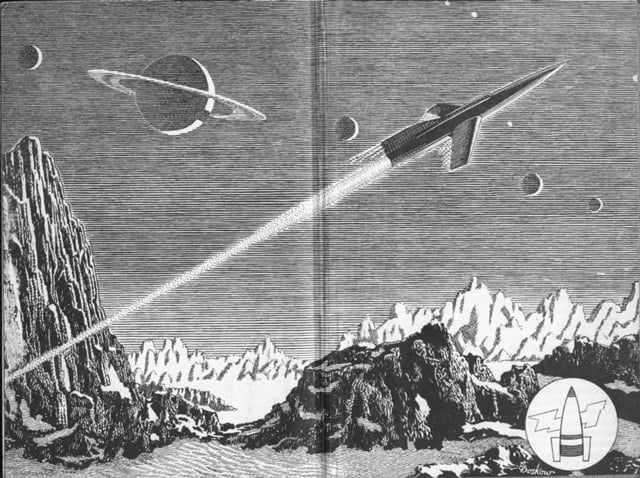

Two weeks after Crew-6 departs, Russia plans to launch the Soyuz MS-24/70S spacecraft carrying cosmonauts Oleg Kononenko, Nikolai Chub and NASA's Loral O'Hara to the space station. "And so they'll hopefully have a bit of time to just relax, enjoy themselves and get into the groove of living and working up here aboard the space station.": We all feel like we want to go 100 miles an hour and put our training to use and be really effective right away. "And then once they get here, the timescales change completely. "They'll be very focused on their launch, their rendezvous, their docking," he said from orbit Wednesday. Hoburg had some advice for the Crew-7 replacements. Launched last March 2, Bowen's crew plans to undock from the station after a five-day handover, splashing down off the coast of Florida the next day to wrap up a six-month mission. Moghbeli and company are replacing Bowen and his Crew-6 colleagues. Also on hand: Crew-6 commander Stephen Bowen, pilot Woody Hoburg, United Arab Emirates astronaut Sultan Alneyadi and cosmonaut Andrey Fedyaev.
ROCKETSHIP BLASTOFF FULL
Once at the station, Moghbeli and her crewmates will be welcomed aboard by commander Sergei Prokopyev, Dmitri Petelin and NASA astronaut Frank Rubio, who launched to the lab nearly a full year ago aboard a Soyuz spacecraft. Left to right: Cosmonaut Konstantin Borisov, European Space Agency astronaut Andreas Mogensen, commander Jasmin Moghbeli and Japanese astronaut Satoshi Furukawa. The Crew-7 fliers plan to spend six months aboard the International Space Station. Known as NTO, nitrogen tetroxide is an extremely toxic chemical, but with just minutes to spare, SpaceX engineers concluded the leak was so small is posed no threat to the crew or the six-month mission. NASA and SpaceX had planned to launch the Crew-7 mission early Friday, but the flight was scrubbed six hours before launch to resolve "open paperwork" needed to verify an oxygen valve in the Crew Dragon's life support system would work with the required safety margin.Īnother problem cropped up during the final stages of the countdown Saturday: A sensor reading indicating a possible nitrogen tetroxide propellant leak in the Crew Dragon's propulsion system. SpaceX has now launched eight Crew Dragons to the space station for NASA - one piloted test flight and seven operational crew rotation missions - along with two privately funded commercial flights with non-government astronauts. If all goes well, Moghbeli, Mogensen, Japanese astronaut-surgeon Satoshi Furukawa and Russian cosmonaut Konstantin Borisov will catch up with the space station early Sunday, matching the lab's 260-mile-high altitude and 17,000 mph velocity.Ĭontinuing its automated approach, the Crew Dragon is expected to dock at the Harmony module's space-facing port at 8:39 a.m. Such toys are a tradition on Crew Dragon flights. Go Crew-7! Awesome ride!" A toy sloth (lower right) floats about the Crew Dragon capsule, a zero gravity indicator chosen by Mogensen's family. We may have four crew members on board from four different nations - Denmark, Japan, Russia and the USA - but we're a united team with a united mission. "On behalf of Andy, Satoshi, (Konstantin) and I, we'd like to thank the multitude of people who brought us to this unique moment. "Thanks for the ride, it was awesome!" Moghbeli replied. "On behalf of the entire SpaceX launch and recovery team, I'm honored to welcome Dragon's first ever all-international crew to orbit. "Hello Crew-7," the unidentified SpaceX launch director radioed. Launching on a northeasterly trajectory that matched that of the space station, the Falcon 9 smoothly accelerated as its nine first-stage engines consumed its load of refined kerosene and liquid oxygen propellants, putting on a fiery overnight spectacle for area residents and tourists. A SpaceX Falcon 9 and Crew Dragon spacecraft carrying a three-man one-woman international crew thunders away from the Kennedy Space Center to kick off a 29-hour flight to the International Space Station. EDT and majestically climbed away from historic pad 39A at the Kennedy Space Center. With Marine Corps helicopter test pilot Jasmin Moghbeli and European Space Agency astronaut Andreas Mogensen monitoring cockpit displays, the crew's Falcon 9 rocket roared to life at 3:27 a.m. Running a day late, a SpaceX Crew Dragon capsule carrying a NASA commander, a Danish co-pilot, a Japanese surgeon-astronaut and a Russian cosmonaut rocketed into orbit early Saturday and set off after the International Space Station for a six-month tour of duty. 4 astronauts blast off for International Space Station 02:47


 0 kommentar(er)
0 kommentar(er)
